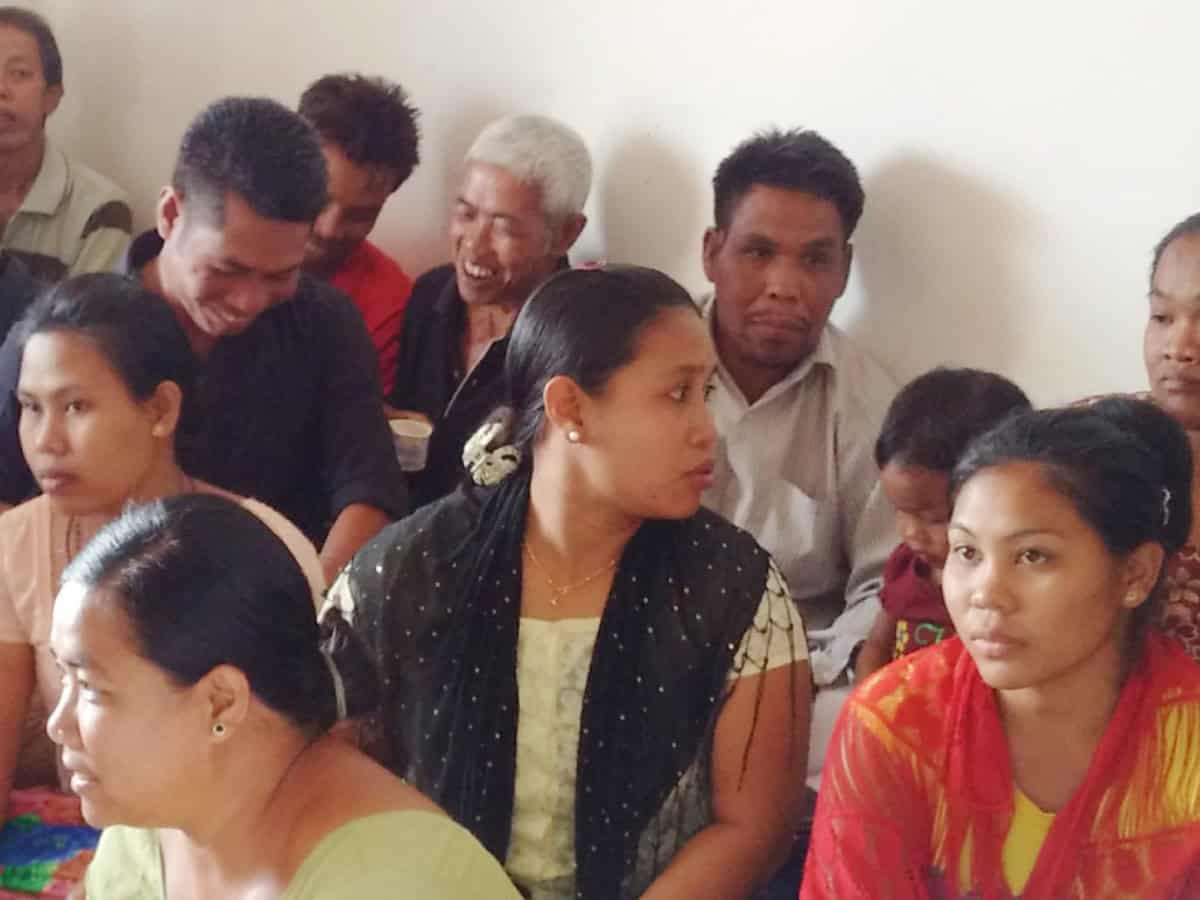
Andaman and Nicobar Islands fascinate us for two unique features—natural beauty and the ancestry of the inhabitants.
Studies, especially based on DNA fingerprinting, suggest that the first group of aboriginals on the islands arrived accidentally from Africa around 65,000 years ago.
While Andaman has become reasonably well connected to mainland India and the tribes are interacting with others, Nicobar remains less connected.
A new genetic study done by a consortium of 9 research institutions on Nicobar has thrown up new insights into the genetic origin and heritage of the Nicobarese people.
The study found that Nicobar islanders settled there around 5000 years ago. They also shared significant ancestral connections with the Austroasiatic people of the Southeast Asian countries, Said Kumaraswamy Thangaraj.
Earlier theories suggested that the linguistic ancestors of the Nicobarese settled in the Nicobar archipelago during the early Holocene, about 11,700 years.
The Nicobar Islands are situated in the eastern Indian Ocean and south of the Andaman Islands. The archipelago consists of seven large islands, including Car Nicobar and Great Nicobar, and numerous smaller ones, characterised by flat topography, coral reefs, and sandy beaches.
The Nicobarese population is estimated to be approximately 25,000.
Highlights of study
The genetic study by nine institutions co-led by Dr Kumarasamy Thangaraj, CSIR-Centre for Cellular and Molecular Biology (CCMB), Hyderabad and Prof. Gyaneshwer Chaubey, Banaras Hindu University (BHU), Varanasi, conducted a detailed genetic analysis, using DNA markers that are inherited exclusively from mothers and fathers respectively, and those from both the parents.
This helped them to explore the ancestry and genetic affinities of the Nicobarese with South and Southeast Asian populations. The findings of this pioneering study have been published in the European Journal of Human Genetics.
The study highlighted the common genetic affinity of the Htin Mal with Nicobarese. Htin Mal is a population in the mainland of Southeast Asia, who speak an Austroasiatic language.
The Htin Mal community has maintained remarkable ethnic distinctness over time, exhibiting a pronounced genetic drift from the Nicobarese. “Genomic regions shared across linguistic groups suggest an ancient distribution of Austroasiatic populations in Southeast Asia,” said Prof. Gyaneshwer Chaubey, the lead author of the study.
He further said, “Our findings compellingly argue that the Nicobarese and the Htin Mal represent valuable genetic proxies for understanding ancient Austroasiatic heritage.”
Dr Vinay K. Nandicoori, Director of CSIR-CCMB, said, “This research opens up new avenues for understanding the rich tapestry of genetic diversity in Southeast Asia and highlights the importance.



